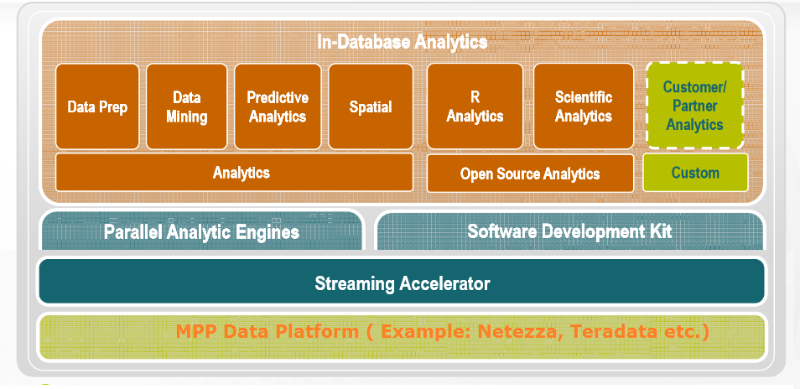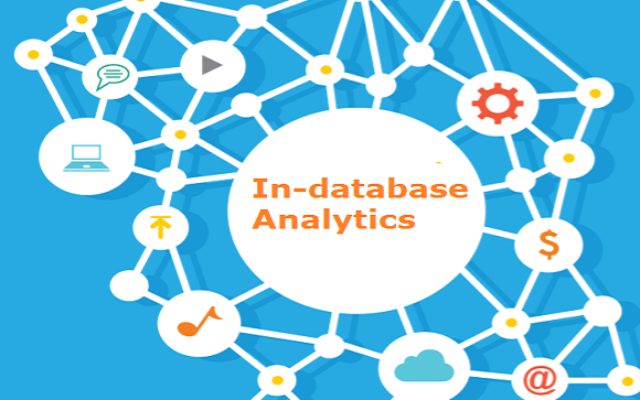In-database processing enables blending and analysis of large sets of data without moving the data out of a database, and can provide significant performance improvements and deeper insights over traditional approaches, which require data to be moved into a separate environment for processing or force a user to leverage only a subset of data. Doing so eliminates the time and effort required to transform data and move it back and forth between a database and a separate analytics application
In-database analytics allows analytical data marts to be consolidated in the enterprise data warehouse. Data retrieval and analysis are much faster and corporate information is more secure because it doesn’t leave the EDW. This approach is useful for helping companies make better predictions about future business risks and opportunities, identify trends, and spot anomalies to make informed decisions more efficiently and affordably
Companies use in-database analytics for applications requiring intensive processing – for example, fraud detection, credit scoring, risk management, trend and pattern recognition, and balanced scorecard analysis. In-database analytics also facilitates ad hoc analysis, allowing business users to create reports that do not already exist or drill deeper into a static report to get details about accounts, transactions, or records.
Advanced Analytics – the Traditional Way:

In-database Analytics – The Latest Way:

Advantages:

- It is using the database engine to access data. That means as long as your data fit into your database, the analytics can use that. It is especially important in big data era.
- It eliminates the data loading process. That means it is fast, and also you can do the analytics even though the data won’t fit into your machine (not the database server) ‘s memory/disk.
- Replace SQL coding for large scale data blending and analytic processes within databases.
- Leverage the full dataset for accurate analytic insights
Article by channel:
Everything you need to know about Digital Transformation
The best articles, news and events direct to your inbox






